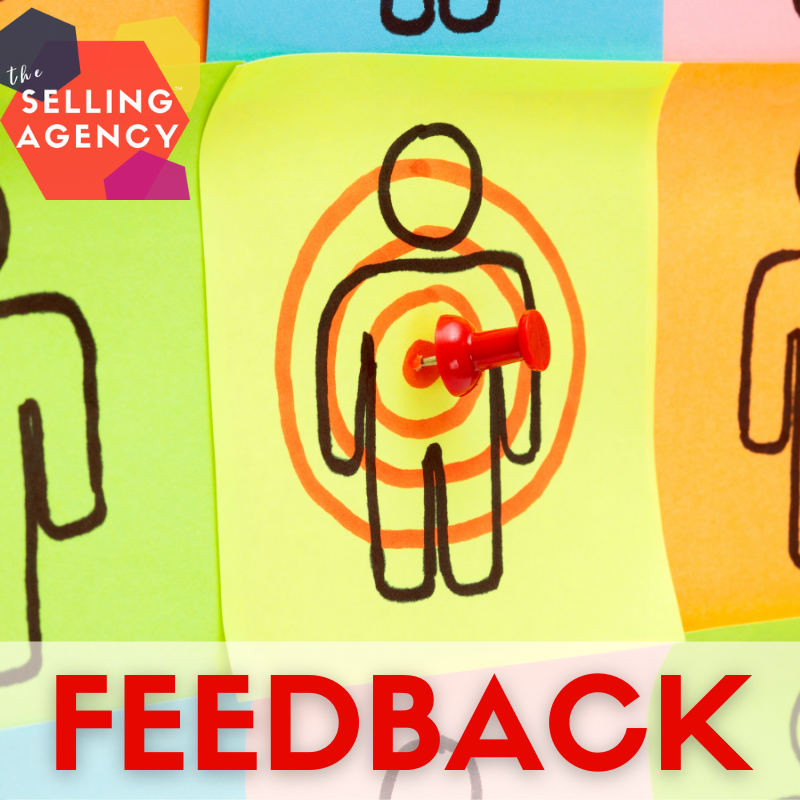About a year ago, I researched some software to execute some processes in my business. This was a significant investment for me – more so in scaling my business than in price – it was an important decision. Between three options, I chose the one that had the best features for me and the sales rep answered my questions and showed me how the implementation process would work.
Once I pulled the trigger and signed on for the product, I was pointed down the path to the “user videos” that were supposed to explain setup and execution. There was a big problem, though, in that the instructions assumed I was experienced with all the tools I needed to make this product work. I had purchased another tool to tie all of this together and what I ended up with was a mess. And my sales rep was nowhere to be seen (or heard from). I did contact him and he pointed me to customer service engineers. The engineers could only support their tool and I spent hours trying to figure out how to tie all this together and not set my computer on fire.
Within two weeks, my frustration had me rethinking my purchase and re-evaluating other solutions. I tried the second company and made another purchase. This sales rep answered my questions and walked through all my tools to make sure they worked before I made the purchase.
Long story short – I canceled the first contract and the second option is working very well for me. I’ve even added a few features after further conversations with my sales rep.
A few weeks ago, I got a “How’s it going” email from the first sales rep. He wanted to know if I’d consider coming back to use his product. He would give me a discount.
***CRICKETS***
That’s me, rolling my eyes and thinking, “As if.”
No, follow up as I struggled to use his product and not a call to find out why I discontinued using it. PLUS, a haphazard email fishing to see if I’d come back . . . Nope.
Chances are YOU are not the first supplier or vendor your customer has turned to with their problem.
I’m not sure of the stats here, but if you asked most customers why they switched from an existing supplier, their answer is rarely “price”.
Nope. Customers ditch suppliers most often because of unmet expectations, poor communication, and disappointing execution.
So much of this happens immediately after the contract is signed because, for your customers, this is just the beginning. They’ve taken the biggest leap on you and now their risk and exposure have become a reality with real consequences for their decision.
For you, your deal has been closed, for them, what comes next is what really matters.
So, depending on how elaborate the implementation process for your product or solution is and how many people are involved, make sure you’re showing up and not ghosting your customers after they hand over their trust and dollars.
Regardless of whether you have engineers, architects, project managers, or someone else hand holding your clients through the implementation and execution process, YOU started this process and built the initial trust and credibility with this customer.
So what reasons do you have for getting in front of your customers that are better than the “Just checking in” lame-o approach?
Here are 6 opportunities to stay connected with your customers and secure your place as their awesome provider:
Training. If customers aren’t using your product, they’re not going to continue to pay or renew your product. Being there from the beginning to make sure everyone is clear, comfortable, and confident in their abilities to get the promised results from your solution is a sure fire way to keep a customer. Training can be a cost to you or your company, but a “one and done” session is not enough to reinforce critical concepts and build that comfort of use. Bring up training and offer it up and down the channel to maximize the effectiveness of use.
Onboarding/Process Review & Feedback. This one is a win/win. The best critical feedback happens closest to the origin of an event. And I’m not talking about sending some impersonal “email survey” that will inevitably be ignored. Asking early and often about how your customers are working through their implementation gives you the opportunity to head off problems or issues quickly. PLUS, you can improve your onboarding and customer implementation process.
Showing Results. Don’t leave it up to your customers to measure how effective you are. If you can provide the metrics and details of how you’ve improved their outcomes, start getting that in front of them. During the sales process, focus on how THEY measure success and results and take the initiative to bring your findings to them. Don’t wait until the end of the year or end of the project. Take incremental measurements (and, again, this helps you make adjustments along the way too) and reinforce their good decision all along the way.
Advance into More Departments. Depending on what you’re selling, you could be leaving a ton of opportunities untapped by not advancing your relationships in more departments. There’s no magic method to making this happen. Work your way systematically through an organization by starting with your existing customers and getting the lay of the land – any landmines and interoffice politics. Asking to meet others in their organization can help you understand how your product is functioning, can help you head off problems that you wouldn’t know about otherwise, and, of course, expand your reach and influence with other potential users. Asking for referrals and, even better, walk-over introductions is a powerful way to increase your foothold in your customer’s organization and increase your revenue with minimal effort. You’re already in, you’re an approved vendor, and their colleagues trust you.
Renewals, Upgrades, Add-Ons. Great sellers know when their customers’ contracts end. And they are starting conversations WAY in advance to get out in front and influence them to change providers. Yes. Good sellers look for cracks, frustration, disappointment, and price/cost opportunities. If you’re showing results, providing continuous feedback and training, it’s never too early to talk about Renewals, Upgrades, or Add-Ons.
Problems/Post Mortems. This might sound counter-intuitive to bring up issues, but I’ve found diving into problems with customers shows them that I care enough to not let problems repeat and that I can fix whatever went wrong. A Post Mortem process reviews what events lead up to what went wrong and where training or communication opportunities apply. This is the partnership your customers are looking for and what will keep them working WITH you.
Don’t let your competitors slip through any cracks because you’ve missed opportunities to add value to your customers after the sale. Their expectations and satisfaction determine how long they remain customers and how they can refer new business to you. Keep showing up and thrilling them, impressing them, and partnering with them!
Until next time, stop hoping, start SELLING!
-sks












